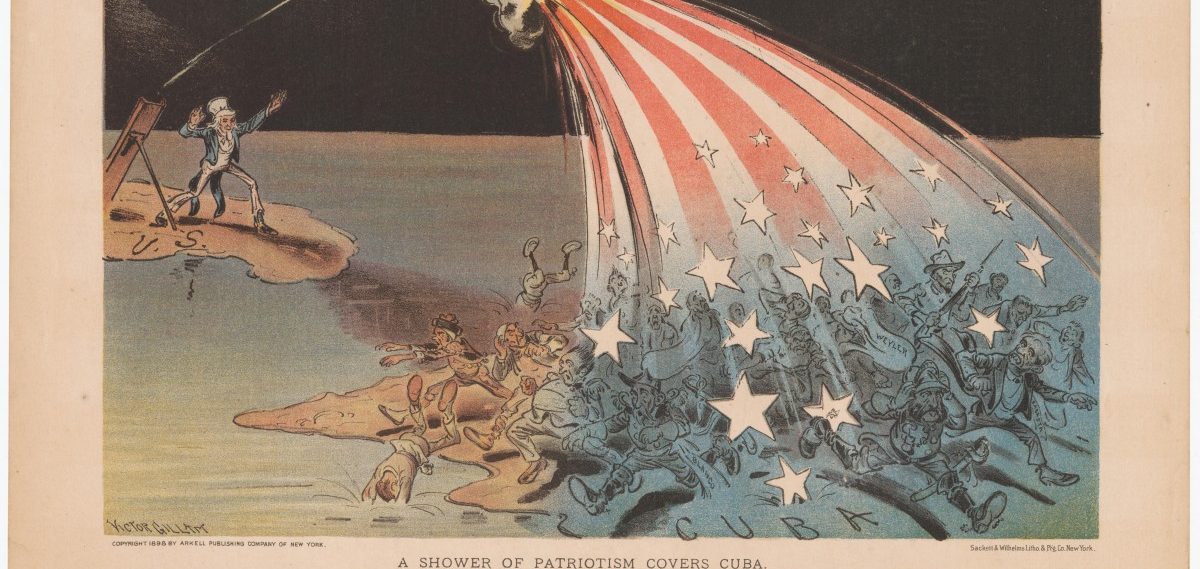Checklist
Follow these steps and models to develop a strong thesis statement (Hunter College Library Website). Compare your work to the models included. Also use the following thesis checklist. If one of your answers in the checklist is “no”, make the correction before submission.
- Does my thesis contain my argument? Make sure that your thesis is not an observation.
- Is my thesis one sentence? Do not turn in anything longer than one sentence or you will not receive credit. Make every word in the sentence useful and use strong words like descriptive adjectives and transition words to eliminate weak or unneeded words. Prioritize your ideas and think about what is feasible for amount of pages due. This one sentence is important because it serves as a guide for your paper.
- Is my thesis specific? Your thesis should address the who, what, when, where and why of your paper. By including a specific information such as, “In 19th century (when), Jamaica (where),” the reader becomes clearer about the limitations work. This is important because it relieves you of the burden of needing to know too much about any given topic.
- Is my thesis relevant or important? Ask yourself why should we care about this argument? What does this argument encourage? Is this argument informed and based in my research? If it is not informed, conduct more research.
- Does my thesis provide an outline of my paper? See the numbered thesis below. Just as the numbers illustrate, after the introduction, the first section will likely document statistical data to prove that most desks at the college are brown. The second section will document how neutral colors enable better concentration (studies on paint colors used by institutions, behavioral studies etc). The third section will address how bright colors ignite hunger (studies on the use of yellow and red by McDonald’s and Wendy’s for example). The fourth section will be on how bright colors encourage activity. Your thesis does not need to be numbered, but the reader should be able to understand how your paper is outlined, by reading your thesis.
(I) Most desks at NYCCT are brown because the (II) neutral color enables students to focus, unlike (III) bright colors such as red and yellow that encourage hunger or (IV) activity.



